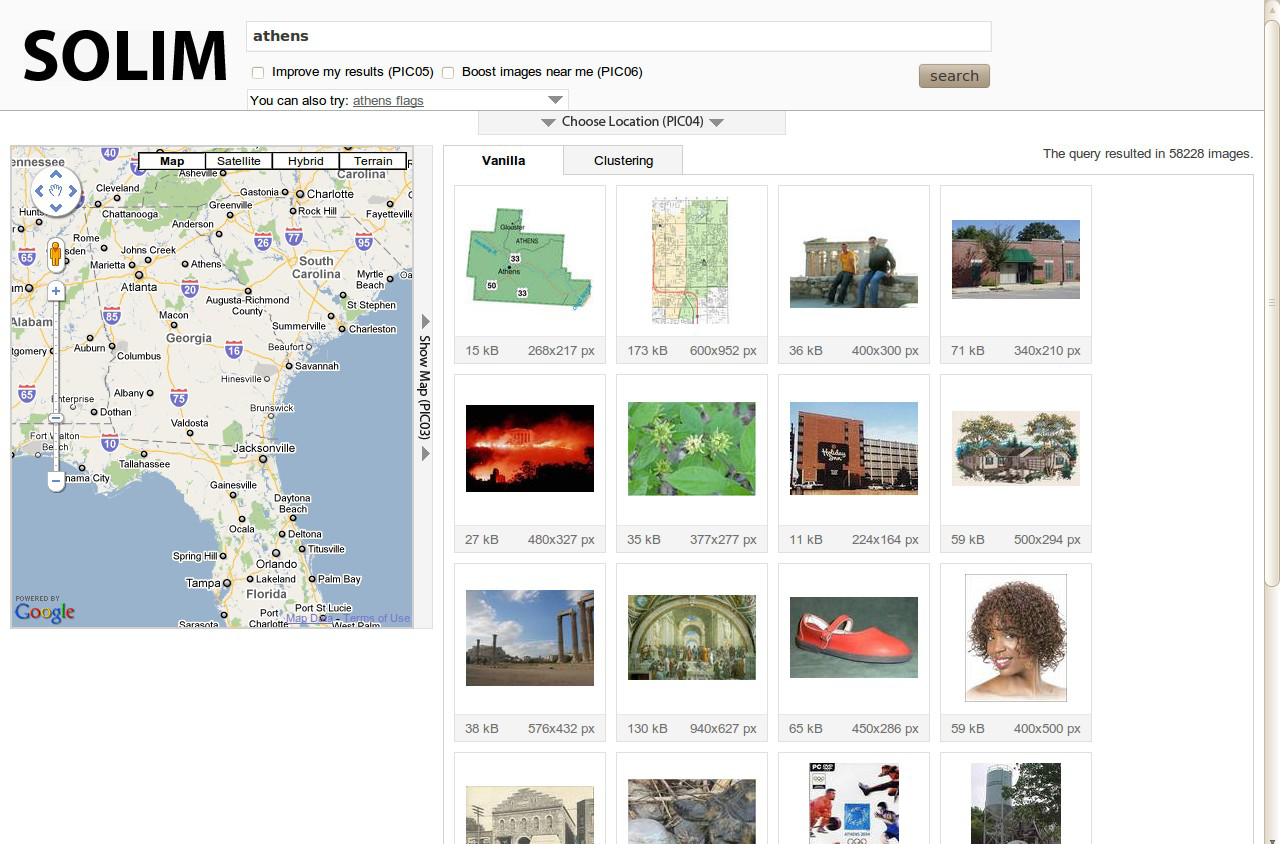Current technological tools for describing semantic knowledge are incapable of adequately supporting automated reasoning on the inherent spatial properties of concepts. Information with a spatial component can be described by using an ontology that treats locations as ordinary concepts. However, in doing so the temporal-spatial consequences of the described events (locations and movement) are lost in the formalization. This means that knowledge about the spatial aspects (such as orientation, dimension, scale, location and movement of a concept) cannot be efficiently described inside the ontology, even though it comprises valid and persistent knowledge about the domain. Spatial properties can only be dealt with in an ad-hoc manner while these are among the basic properties of physical concepts expressed in many ontologies.
The SOLIM project extends the ontology web language OWL so that it can support effective storage and reasoning on spatial information, and will demonstrate the power of such an extension with automatic processing of textual and graphical information.
If you have any questions about this section or about using our technology in general, please contact us for a free demo of our software.

